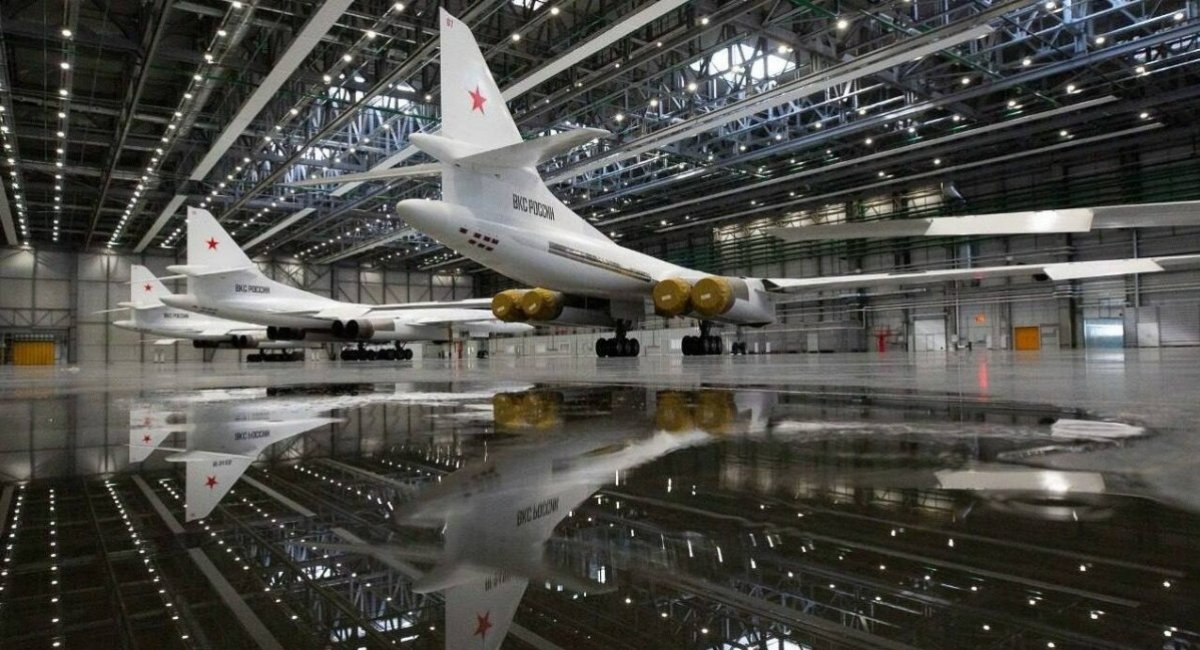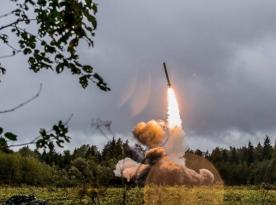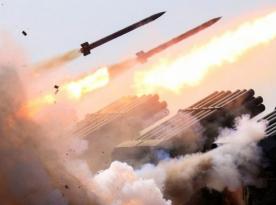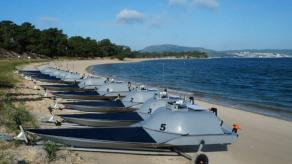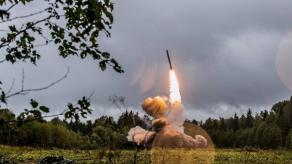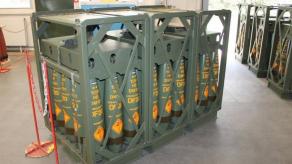Private intelligence company Dallas has released a new report exploring a rather detached yet nonetheless interesting case showing russia’s ability to restore its strategic bomber fleet.
Although raised in the context of the consequences of Operation Spider Web on June 1, 2025, during which Ukrainian forces reportedly struck as many as 41 bombers inside russia, the example is illustrative in principle.
Read more: moscow Hides Its Tu-160 Strategic Bombers At Air Base 6,750 km from Ukraine
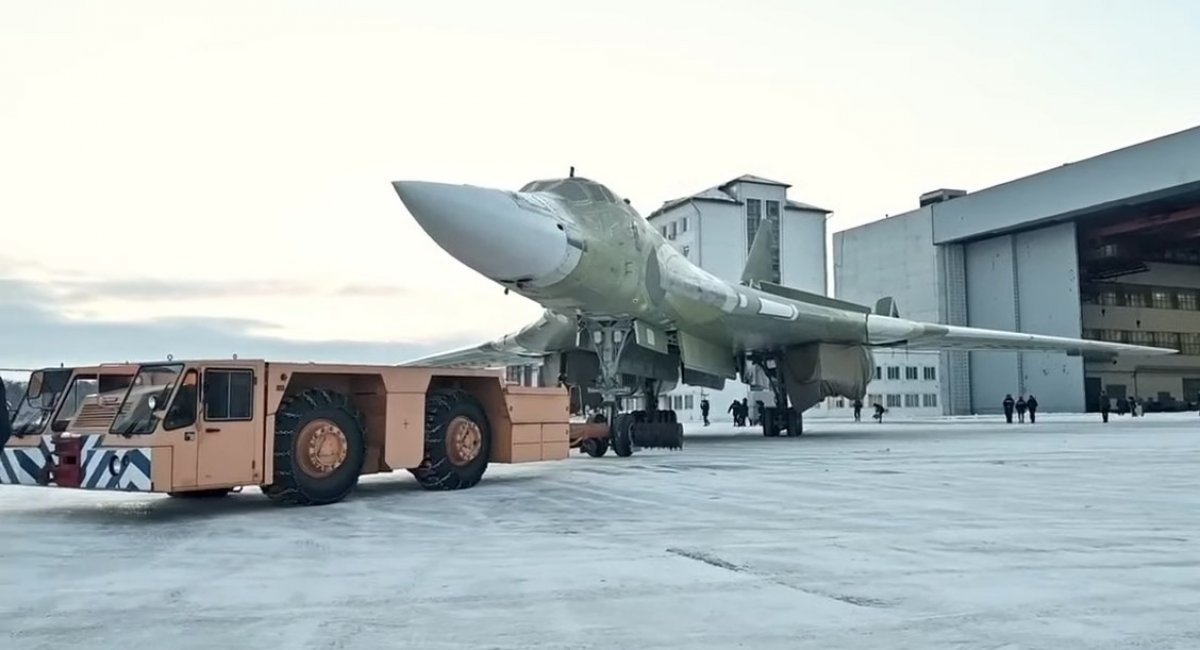
The focal point of this analysis is the Tu-160M bomber named Ilya Muromets, tail number 801 — the very aircraft Vladimir Putin used for a propaganda flight in February 2024, and which suffered an engine fire just one month after that flight.
According to internal planning documents, restoring this single Tu-160M would require at least 18 months of work and the coordinated efforts of ten separate enterprises within russia’s defense-industrial complex.
Dallas cites meeting minutes received from insider sources that detail a closed session held on April 15, 2025. The agenda: repair of Tu-160M No. 801, along with other problem-ridden aircraft produced by Tupolev.
Side note: the first one to report the engine fire on this aircraft was an anonymous pro-russian Telegram channel in early 2024. At the time, the claim went largely ignored due to its dubious origin.
Now, however, the appearance of internal documentation confirming both the accident and the repair effort leave no room for doubt. According to the leaked protocol, the fire was caused by the installation of a counterfeit turbine support — on an aircraft that had always been presented as "absolutely reliable."
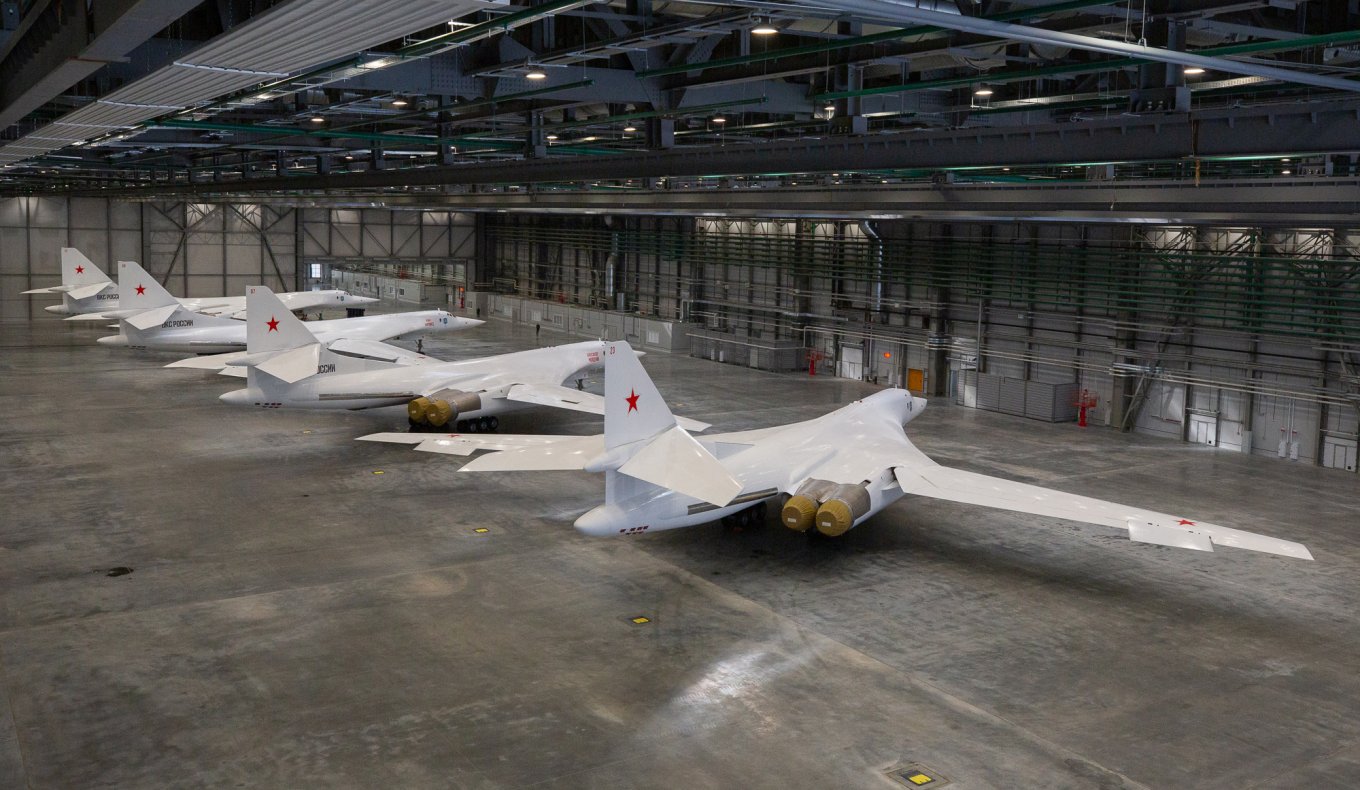
The report includes a list of contractors and the parts or systems they are responsible for repairing or supplying, along with target deadlines for each. These include:
| Enterprise | Services | Deadline |
| PJSC ODK-Kuznetsov | Repair of four NK-32 Series 02 engines | August 15, 2025 |
| JSC Temp named after F. Korotkov | Repairs of the ÈSUD-32M1 system, digital control system "product R," and air intake | May 30, 2025 |
| PJSC Aviation Corporation Rubin | Repair of two BUPT 245Ts, four GP22M generator drives, twelve KT191M.010 wheels, and twelve KT191M.050 brakes | May 25, 2025 |
| PJSC Teploobmennik | Restoration of systems indexed as the 3011TA, 3273, 3262, 3269A, 3308A, 3241–3244, 5311, 5328, and 5414 | June 30, 2025 |
| JSC UAP Gidravlika | Supply or repair of VGTD TA-12A, hoses, and 15 filters | April 30, 2025 |
| LLC Engels Instrumentation Association Signal | Supply of MST-8A (2 units), MST-7.5 (4 units), MSTV-5AM (2 units), MSTV-6AM (2 units) MST-70S (2 units), and SDV-0.4A sensors (3 units) | June 30, 2025 |
| JSC EOKB Signal named after A. Glukharev | Repair of 10 DOS-280B sensors | April 30, 2025 |
| JSC Aerospace Systems | Supply of SNTsD114D, SNP359, and SKP345D connectors | “as per agreed schedule” |
| PJSC NPO Nauka | Repair of unit 6174T within ATF 4000 | April 30, 2025 |
| JSC Aeroelectromash | Repair of two URG-27V units, one URG 115V, four BRZU27V-2s, and two BKMSh27V2s | May 30, 2025 |
It remains unclear how much of the planned work has already been completed and what resources (financial or otherwise) have been committed so far. Still, Dallas analysts note how Ukrainian special forces during Operation Spider Web reportedly targeted the bombers' most irreplaceable components — the engines.
The analysts raise a pointed question: "Moscow needs at least a year and a half to fully repair a single aircraft. So what happens when several dozen are simultaneously put out of commission?"
Read more: How Many Years and Billions russia Will Need to Restore Tu-160, Tu-95MSM and Tu-22M3 Losses in Ukrainian Operation



